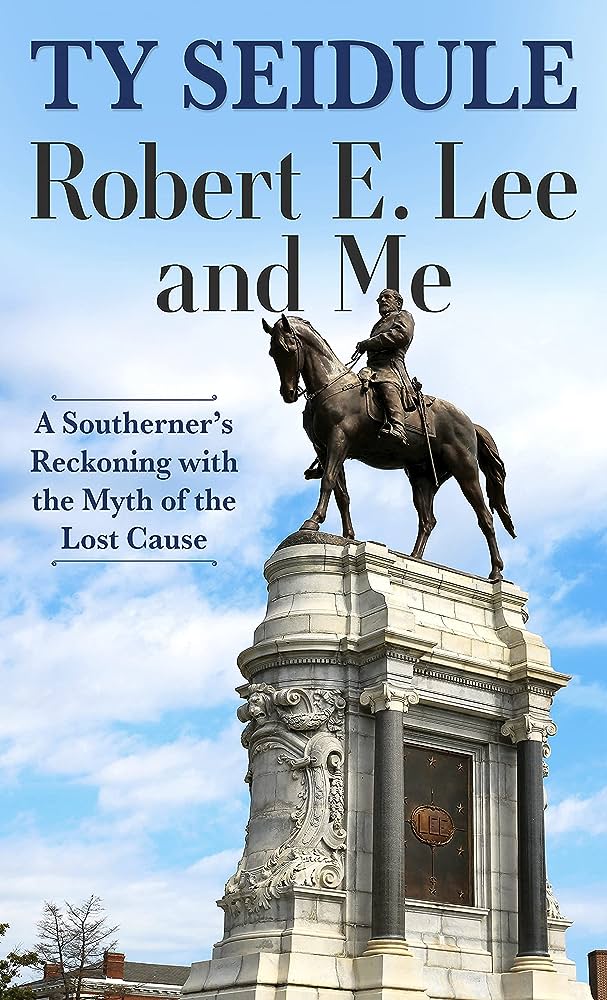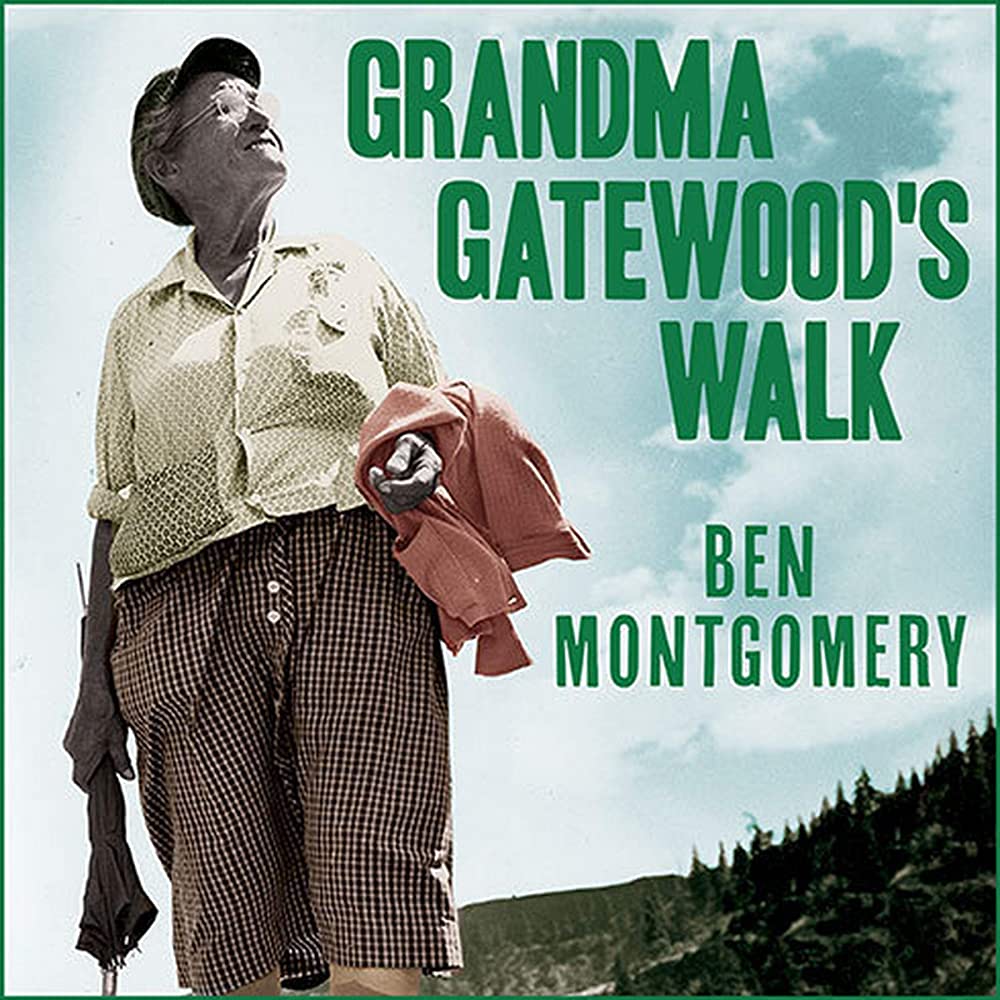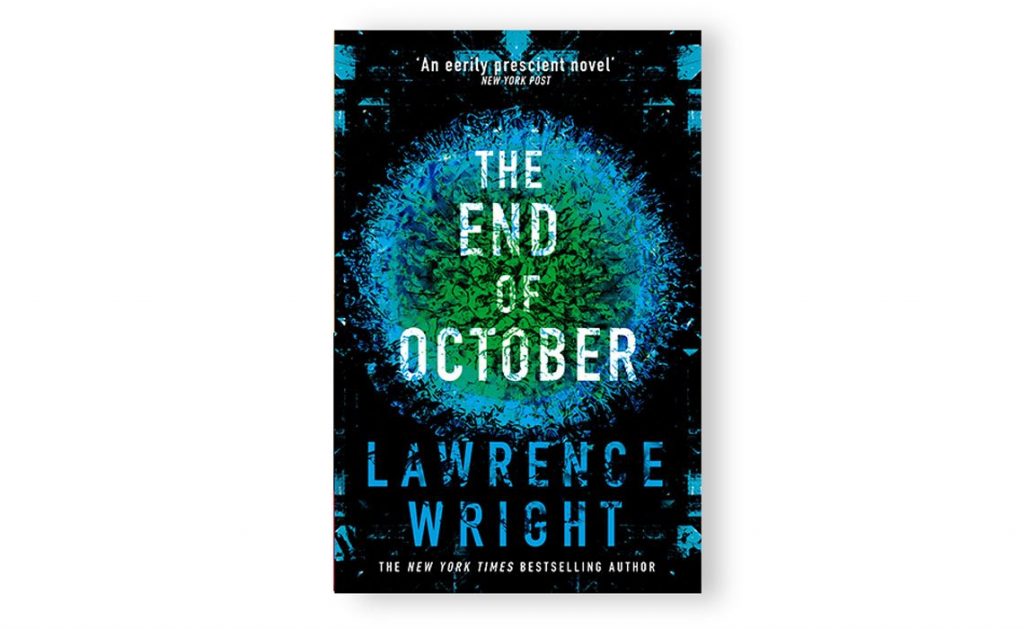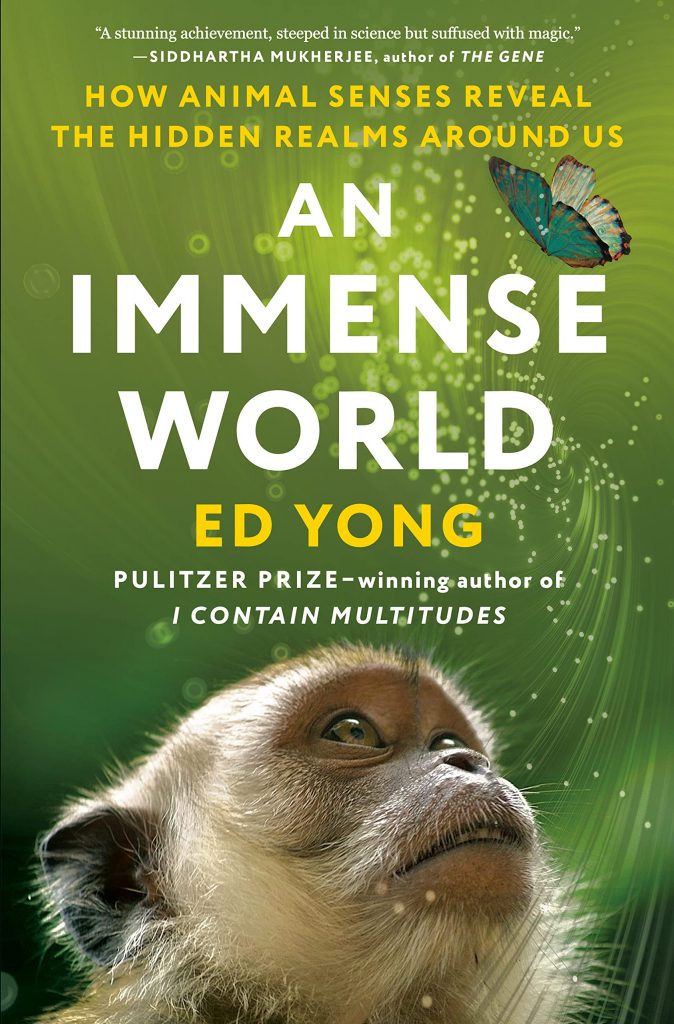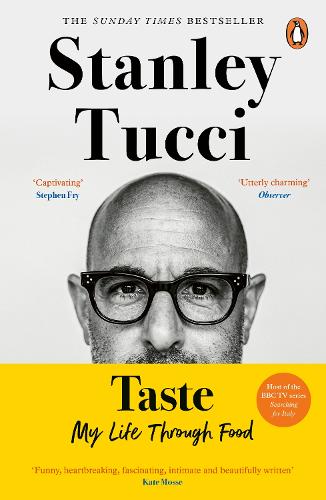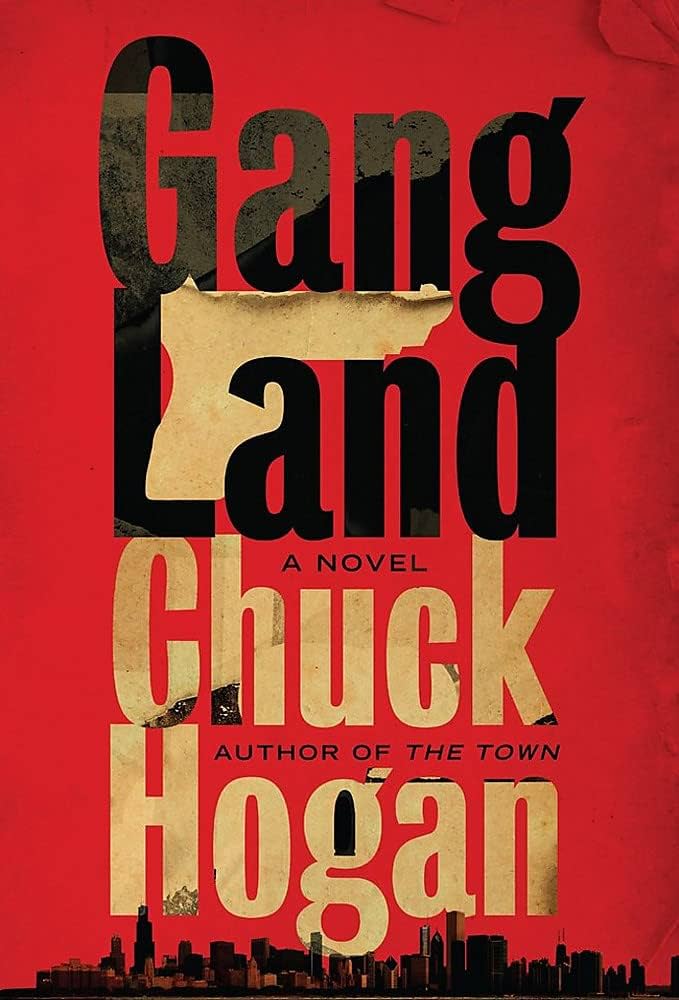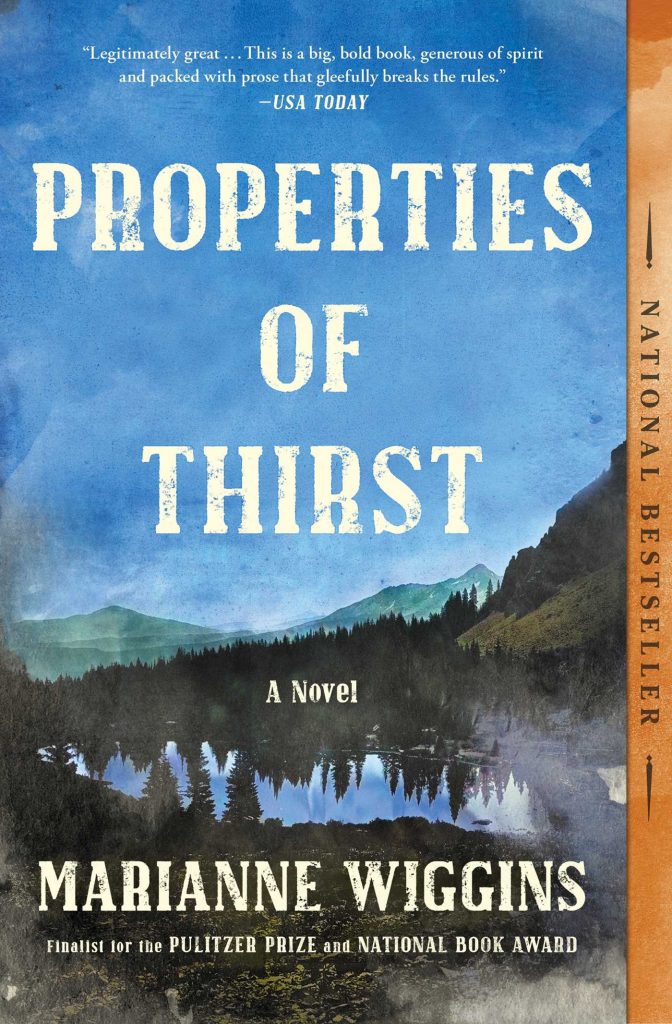
An ambitious book that centers the Owen’s Valley in California, the valley’s desertification following rerouting all of the valley’s water to Los Angeles, and the placement of the Japanese internment camp, Manzanar, in the midst of the dusty, isolated desert. A lone holdout rancher, Rocky Rhodes, refuses to cooperate with the water boys from LA. He is joined by his twin sister, Casswell, his wife (who is already dead by the time the book opens), and his two children: Sunny and Stryker. (Get it: Rocky Roads, Sunny Roads?). The Rhodes’s come from old waspy money back east.
Schiff, a nebish of a Jew, with a big conscience, from Chicago is charged with building a camp — really a ghetto — for 10,000 American citizens forced to abandon their jobs and homes with nothing more than what they are wearing and could carry in their hands. Sunny and Schiff have eyes for one another, Sunny is an indomitable chef in the middle of nowhere, Nature (with a capital N) in the desert and in the nearby Sierras is a character in its own right, and Japanese prisoners of war stagger through the indignities of living behind barbed wire.
Wiggins is a master story teller and a wizard with words, but may have taken on too many themes to do sufficient justice to all of them in one book.

